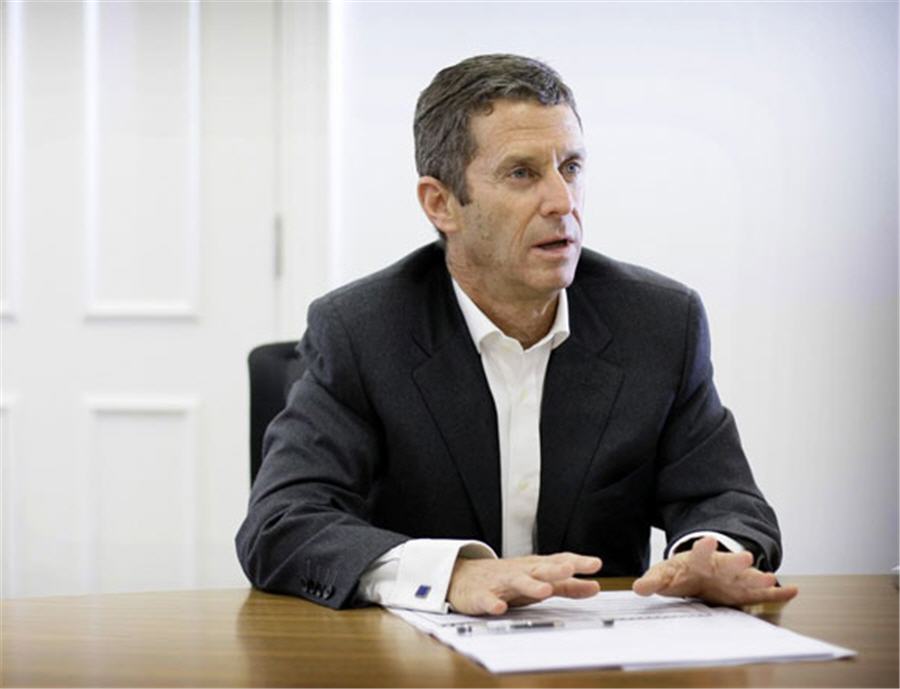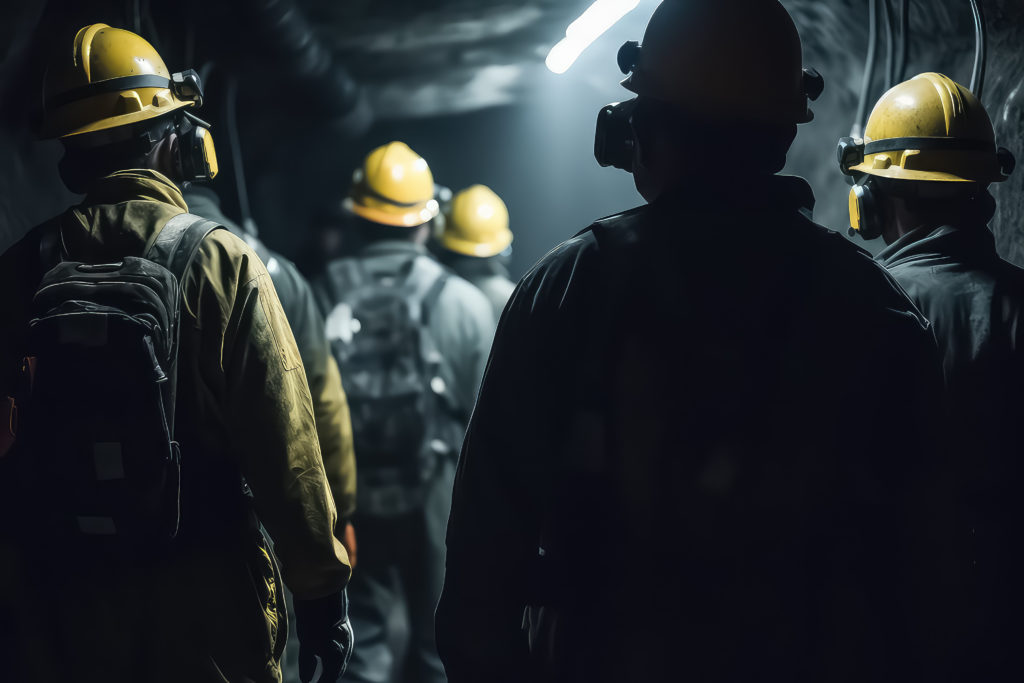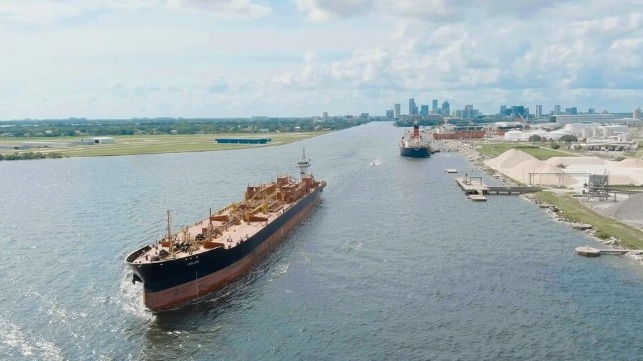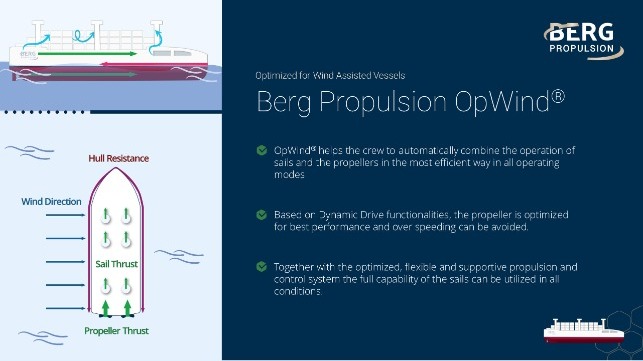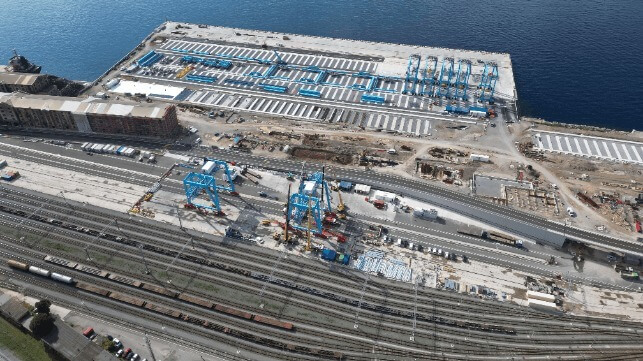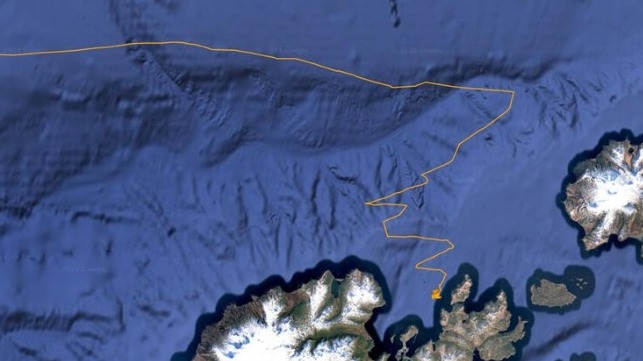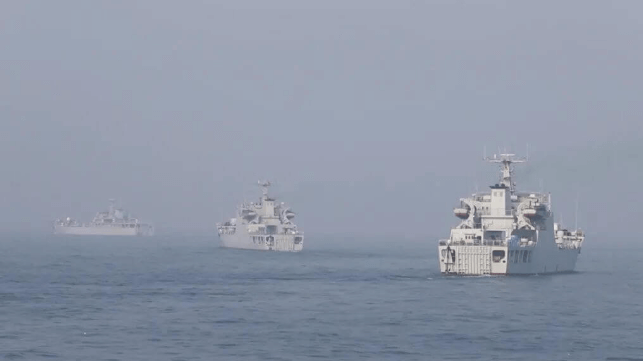Bloomberg News | October 11, 2024 |

France’s Orano SA is boosting uranium mining and processing capacity as supplies of the nuclear fuel tighten on stronger demand and moves to reduce the world’s reliance on Russia.

The state-controlled company is investing to prolong the life of mines in Canada and Kazakhstan, while exploring adjacent and remoter areas in those countries, chief executive officer Nicolas Maes told reporters Thursday. Orano is also developing new projects in Mongolia and Uzbekistan, while remaining “in monitoring mode” for potential acquisitions, he said.
“We have interest in diversifying our projects as there are some tensions in the East and in Africa,” Maes said at the company’s uranium enrichment plant in central France. “Questions over where uranium will come from in the next decade are pulling prices higher.”
Uranium has soared over the past three years as investors piled into the commodity and governments from China to Europe plan more nuclear power plants, partly to curb carbon emissions. At the same time, production issues in Kazakhstan and a military coup in Niger have impacted uranium output.
In Niger, where the military junta revoked one of Orano’s mining permits earlier this year, the company’s other uranium mine will produce just 40% of its capacity this year, Maes said. That production can’t be exported out of the landlocked African nation due to persisting geopolitical issues, he added.
The cost of enriching uranium — a key step to transform the radioactive metal into fuel — has also jumped since Russia’s invasion of Ukraine, as some western utilities seek to replace Kremlin-controlled Rosatom for their processing requirements.
To help fill that gap, Orano broke ground on the expansion of its French enrichment facility this year. It expects to boost its global market share of enrichment services to 16% from 12%, when the project is completed by the end of the decade, the CEO said.
Rosatom is the world’s largest enricher of uranium, with 43% of total production capacity, according to Orano. That’s followed by Urenco Ltd., a UK-Dutch-German group with a 31% share, and China National Nuclear Corp. with 13%.
Earlier this year, President Joe Biden signed a ban on imports of enriched uranium from Russia, which provides about a quarter of the reactor fuel in the US. The country has just one commercial enrichment facility in New Mexico, owned by Urenco.
Orano may seek to further displace Russian supplies by building an enrichment plant in the US if it secures Federal government support, regulatory approval, and enough customer commitments, Maes said. The multi-billion-dollar facility could be built in Tennessee, Orano has said.
(By Francois de Beaupuy)
